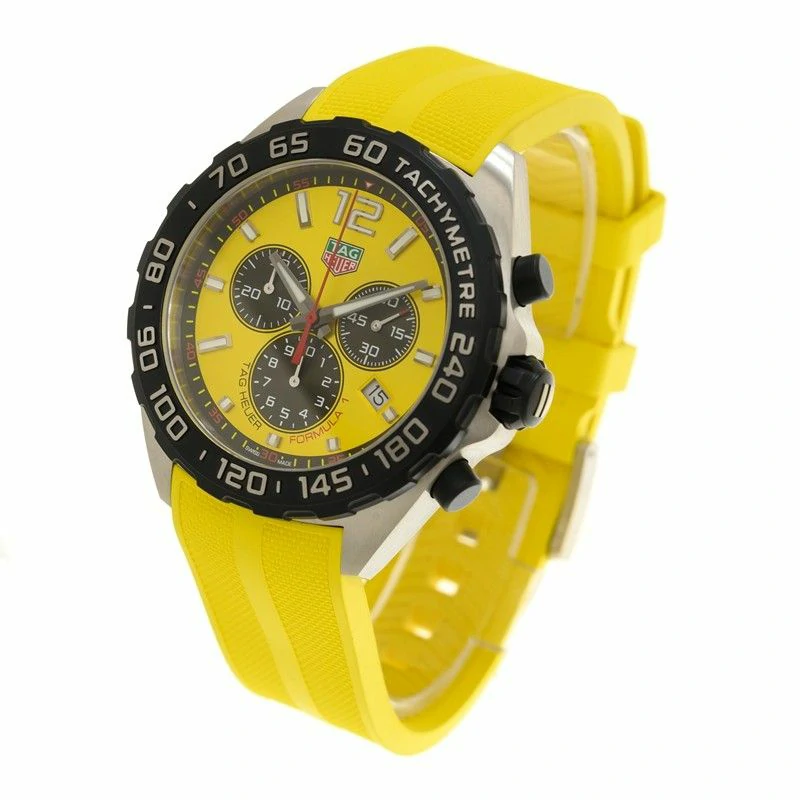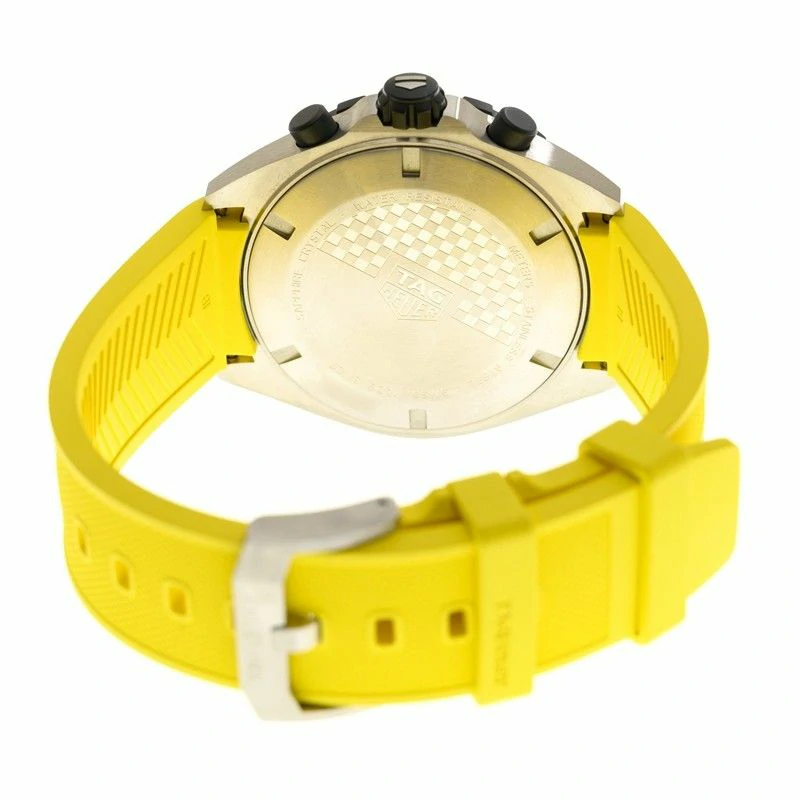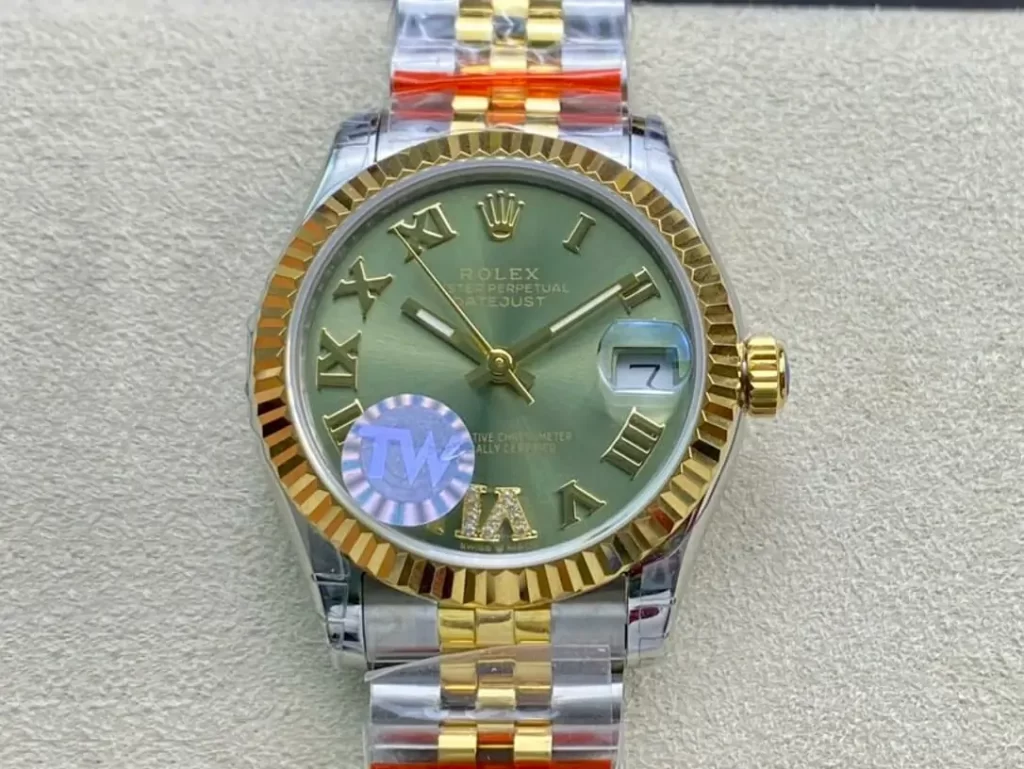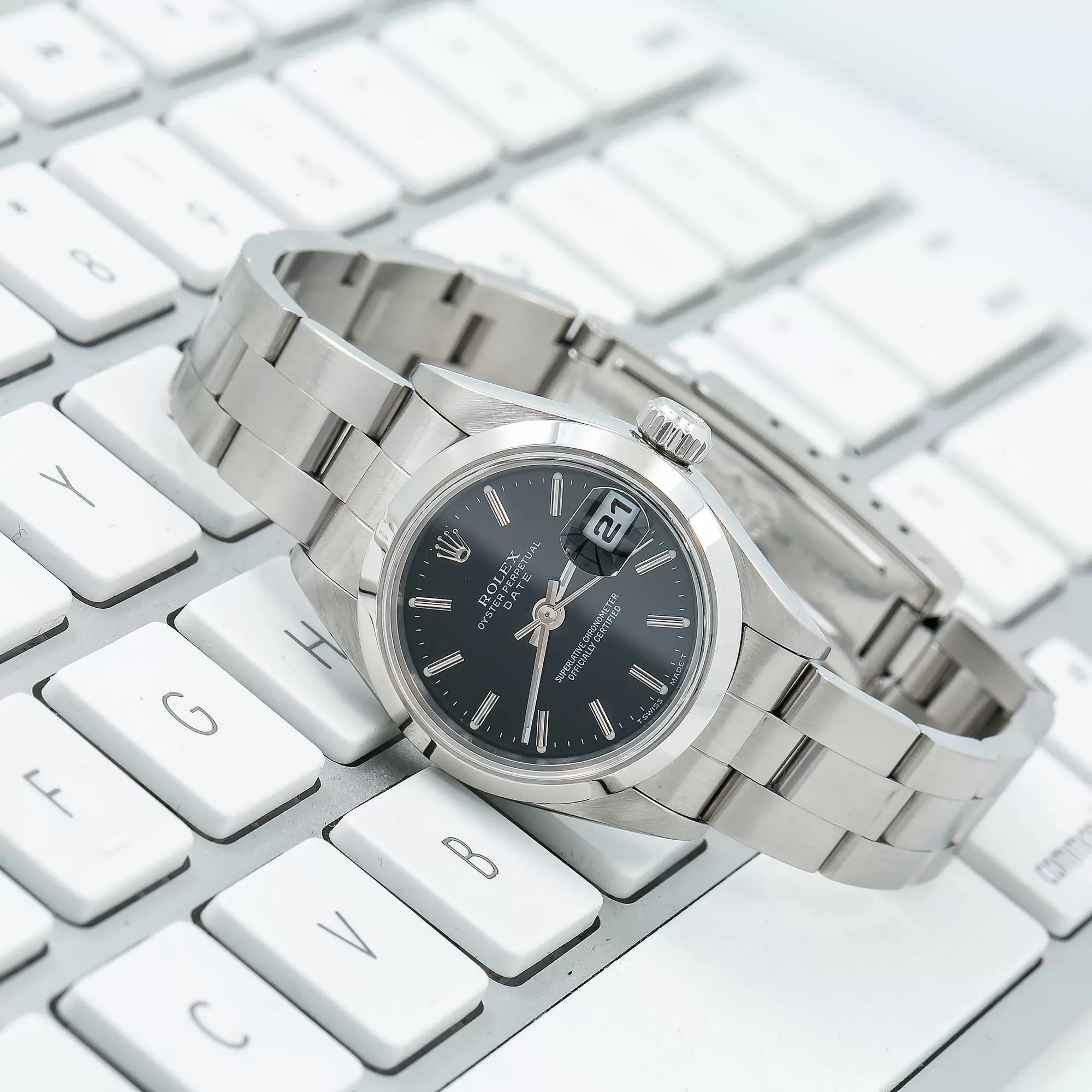The watch has transcended its primary function as a timekeeper, evolving into an object of profound craftsmanship, personal expression, and enduring legacy. Far more than mere instruments, these intricate machines worn on the wrist tell stories of technological innovation, artistic mastery, and individual taste.

The journey of the wristwatch is a fascinating narrative woven through time. While pocket watches dominated for generations, the practical needs of soldiers navigating the chaos of trench warfare during World War I cemented the wristwatch‘s ascendancy. This shift wasn’t merely practical; it represented a fundamental change in our relationship with time, bringing it closer, literally and figuratively. Post-war, the wristwatch shed its purely utilitarian image, embraced by civilians as a symbol of modernity and style. This era witnessed the blossoming of iconic designs – from the elegant replica watches gracing boardrooms to the robust tool watches accompanying explorers to the depths of the ocean and the peaks of mountains. Each style reflected not just a purpose, but an aspiration.

At the heart of every watch lies its movement, the complex engine driving its hands. This is where the soul of the watch resides. Mechanical movements, powered by a coiled mainspring and regulated by a delicate balance wheel and hairspring, represent horology’s pinnacle. Their intricate assembly, often involving hundreds of minuscule components painstakingly finished and assembled by hand, embodies centuries of tradition. Watching the rhythmic dance of gears through a sapphire case back is witnessing mechanical poetry in motion. The gentle sweep of the seconds hand and the satisfying tactile feedback when manually winding the crown create a unique connection between wearer and machine. Quartz movements, born from the electronic revolution of the 1970s, offered a different paradigm: remarkable accuracy, affordability, and minimal maintenance. Powered by a battery and regulated by the precise vibrations of a quartz crystal, they democratized precise timekeeping. While differing in soul, both mechanical and quartz movements fulfill the essential promise of measuring life’s passage, each appealing to distinct sensibilities.
Beyond simply telling hours and minutes, fake watches often showcase complications – additional functions that demonstrate the watchmaker’s ingenuity. A simple date window adds daily utility. A chronograph transforms the watch into a personal stopwatch, its pushers inviting precise measurement of elapsed moments. The mesmerizing dance of a moon phase disc connects the wearer to celestial rhythms, while a perpetual calendar, a marvel of micro-engineering, automatically accounts for the varying lengths of months and even leap years, potentially requiring no adjustment for a century. These complications are not mere features; they are testaments to human ambition to conquer time’s complexities within the confines of a wrist-worn device.

The materials chosen define a watch’s character, durability, and presence. Stainless steel remains the ubiquitous choice, prized for its resilience, versatility, and understated elegance. Precious metals like gold and platinum elevate a watch to the realm of heirlooms, conveying luxury and permanence. For the adventurous, titanium offers exceptional strength-to-weight ratio and hypoallergenic properties, while advanced ceramics provide scratch resistance and a unique, contemporary aesthetic. The watch crystal, protecting the dial, has evolved from easily-scratched acrylic to highly resilient sapphire crystal, prized for its near diamond-like hardness and clarity. The choice of strap or bracelet further personalizes the experience – the warmth and patina of leather, the sporty flexibility of rubber, or the solid, adjustable links of a metal bracelet each offering distinct comfort and style.
Choosing a watch is a deeply personal endeavor. It begins with introspection. Is it a daily companion for work and life, demanding durability and versatility? Is it a statement piece for special occasions, where elegance takes precedence? Perhaps it’s a dedicated tool for specific pursuits like diving, aviation, or exploration. Consider the movement’s heart: does the romance and tradition of a mechanical movement resonate, or does the set-and-forget precision of quartz better suit your lifestyle? Size and comfort are paramount – a watch must feel like a natural extension of the wrist. Ultimately, the most crucial factor is an intangible one: the emotional pull. Does the design captivate? Does its story resonate? Does it feel like your watch? Trusting that instinct often leads to a watch that transcends mere function, becoming a cherished part of your personal journey.
From the intricate symphony of a mechanical caliber to the silent pulse of quartz, from the gleam of polished steel to the depth of a moon phase display, a watch is more than a tool. It is a testament to human ingenuity, a canvas for artistic expression, and a personal companion marking the precious, fleeting moments of our lives. It is, quite simply, the art of timekeeping made tangible.
